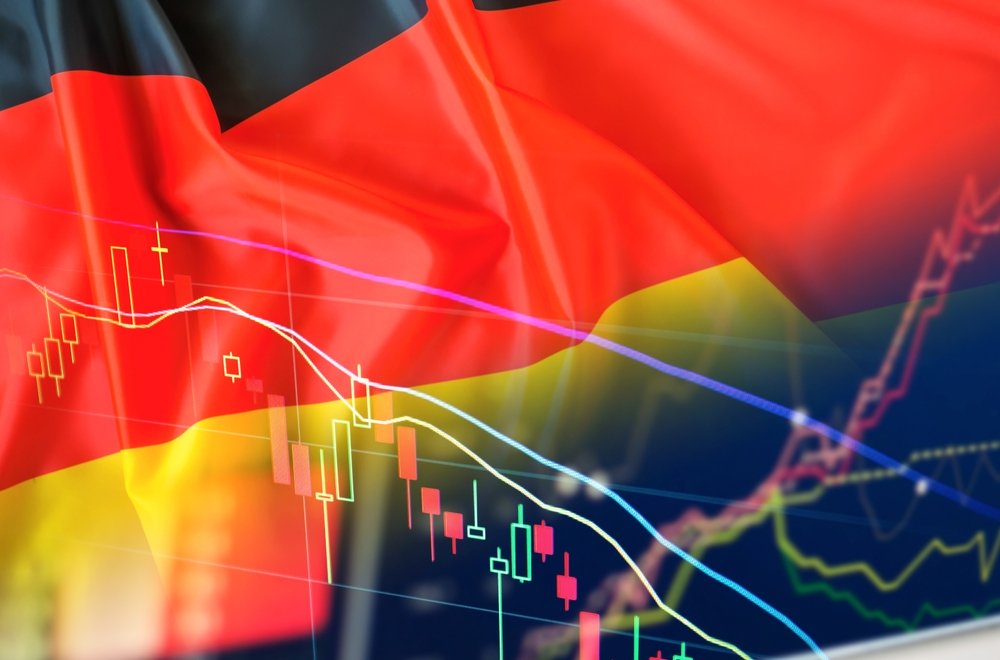Germany is undergoing a period of profound upheaval, the causes of which are manifold and encompass both internal structural problems and external trade conflicts. The industrial crisis extends across mechanical engineering, automotive technology, and electronics, while increasing competitive pressure from China and the USA is exacerbating the situation. Underlying these developments are economic factors, growing systemic weaknesses, the dynamics of international tariff disputes, and intense competitive pressure that is challenging the former strength of German companies. This combination of industrial weakness, geopolitical tension, and structural change is burdening both companies and municipalities alike.
New Dynamics and Old Root Causes
In southern Germany, the effects of current events are being felt, as Ditzingen has experienced a drastic decline in business tax revenue. The Trumpf company has slipped into the red, and at the same time, the city’s investment plans have fallen through. The city treasurer describes the situation as a deep structural crisis, fueled by several factors and extending far beyond short-term fluctuations.

At the same time, the prospects for many machine manufacturers are deteriorating, as orders stagnate and international competition gains ground. The limited innovative capacity shows that systemic and industrial weaknesses are more significant than previously thought.
Causes in Global Shifts
A look at international markets reveals additional causes that are exacerbated by their interplay. The US is pursuing a policy of harsh tariffs that burdens many German companies. Agricultural machinery manufacturers report sharp price increases resulting from new levies. This trade dispute is increasing uncertainty, while the transatlantic market for German technology is declining.
Simultaneously, pressure from Asia is mounting: Chinese companies are working faster, cheaper, and now at a level of quality that previously seemed unimaginable. This development is intensifying competitive pressure, as the pace of innovation and production costs are leaving German suppliers looking outdated. Bauer Kompressoren provides an example, where Chinese offers are significantly cheaper than their European counterparts.
Structural Problems in the Labor Market
Industry is responding with job cuts as sales decline and competitive pressure increases. Large corporations like Porsche, Bosch, and ZF are announcing further cutbacks. Unemployment is rising, revealing deep structural problems that are evident in almost all core industrial sectors.
Local authorities are also struggling, as investments are being canceled and budgets are shrinking. Projects such as new fire stations or transportation infrastructure are on hold indefinitely. The treasurer of Ditzingen emphasizes that only ongoing projects are being completed, while long-term plans have been scrapped.
Trade Conflicts and New Dependencies
Many economists see the roots of the industrial slowdown in a combination of international trade conflicts and internal shortcomings. Experts like Martin Herrenknecht are calling for a European response to protectionist strategies. Some advocate stricter regulations for Chinese suppliers or mandatory joint ventures to secure technological expertise.
Other managers, however, are focusing on cooperation and using China as a learning ground to increase the speed of innovation and efficiency. This strategy is intended to help reduce systemic weaknesses and regain competitiveness in the global market.
Armaments as a Hope – Limited Impact
Some industries are hoping for increased demand from the defense sector. Rheinmetall, for example, is profiting significantly from the modernization needs of European armies. Nevertheless, this sector remains too small to cushion the industrial crisis across the board. Employment figures are insufficient to offset the decline in mechanical engineering.
At the same time, while the German government’s investment programs are ambitious, their impact on local communities remains limited. Ditzingen, for instance, is receiving only a fraction of what would be needed to implement previous plans. This leaves many reasons for the sluggish development unresolved.
Reforms as the only option
Germany’s industrial future depends on whether reforms reduce bureaucracy and lower costs. Companies like Bauer Kompressoren point to technological hurdles that hinder exports and desire more room for innovation. Without clear priorities, the combination of structural problems, competitive pressure, industrial weakness, trade disputes, and the underlying causes threatens to lead to a long-term downward spiral.
